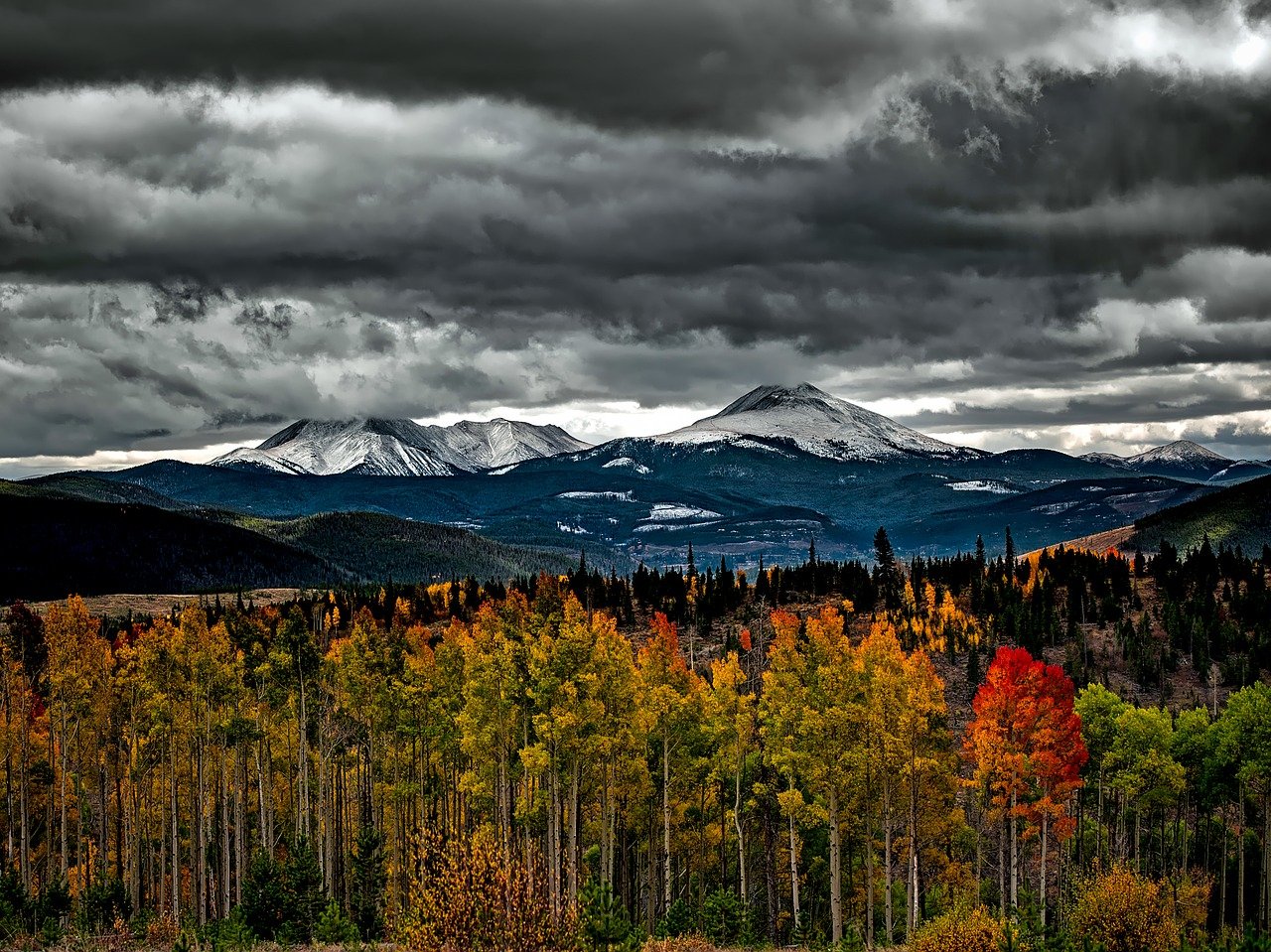
As the MRI Coordination Office celebrates 20 years since it was founded, Gregory Greenwood, MRI Executive Director 2004-2017, reflects on his time at the organization’s helm, what has made the MRI a success, and how the MRI can continue to strengthen collective action for our changing mountains.
When I first arrived in Switzerland to take over as Executive Director of the MRI in June 2004, I told my family that we were in Switzerland for either three months or three years. Harald Bugmann, the then-chair of the MRI, had funding for the MRI only until September 2004, when he hoped to receive a grant from the Swiss National Science Foundation. Lucky for me, he got that grant.
The MRI is a success only because of the people who have supported and worked for it over the years. I want therefore to thank Harald for his support, as well as his successor Rolf Weingartner, who chaired the MRI during most of the time that I was its Director. I also want to thank Bettina Buehler and Astrid Björnsen, who greeted me at the Swiss Academy of Sciences in 2004, and who contributed enormously to the program, as did Claudia Drexler and Erin Gleeson later on. Without them, their intellectual contributions, and plain hard work, the MRI would not have achieved what it did. There are of course many other people to thank, including student interns, ‘highly qualified but currently unemployed’ temporary staffers, colleagues – especially at CDE and SCNAT in Bern, but also at ETHZ, EPFL, WSL, UniL, UniZ, UniBasel and UniGe, among others – as well as members from around the world who served on the Science Leadership Council.
This list could go on and on because above all the MRI poses the problem of ‘collective action’: what is the payoff to people acting together beyond what they could get operating separately? I spent quite a while in the early years of my tenure developing a rationale (more exactly, a succession of rationales) and from them a series of activities that might provide such payoffs. Some of these worked, some didn’t, and I came to understand that social or institutional change is closer to natural selection than to rational planning: one doesn’t control the environment and so one tries many things with the expectation that only a few of them will ever gain traction and make a difference.
What gained traction? Ray Bradley tells me that the elevation dependent warming paper, written by Nick Pepin et al. as a result of an MRI synthesis workshop and which appeared in Nature Climate Change, has been cited hundreds of times and that the paper has been downloaded from his website thousands of times. This was a collective action that succeeded in traditional academic terms. A 2012 synthesis workshop on ‘Building Resilience of Mountain Social-Ecological Systems to Global Change’ led by Julia Klein and Anne Nolin similarly generated important journal papers, but perhaps more importantly strengthened a network that brought together biological and social scientists, and led to additional research funding by other national science foundations – another important measure of success.
The often heart-felt but also inchoate sense that we should somehow be able to make greater progress working together was at the center of the Global Fair and Workshop on Mountain Observatories, held at the University of Reno (Nevada, USA) in 2014 under the aegis of Franco Biondi. I recall that participants were just ‘jazzed’ about the possibilities, and while the exact route by which mountain observatories now have an institutional home is complicated at best, I am certain that this workshop was key in cultivating the ground for this idea.
Around 2010 I concluded that the MRI, arising as it did out of Europe and North America, was missing a connection to a key player, China, and I reached out to China’s immense mountain research efforts, especially those of the Institute of Tibetan Plateau Research, headed by Yao Tandong. I cannot assert that this effort was a resounding success; it wasn’t clear what the payoff to ‘collective action’ might be in this case, but a concern about the world’s mountains needed to include the largest mountainous nation in the world.
Finally, the advent of the Science Leadership Council was itself a major step toward fruitful collective action. When I arrived in 2004 the MRI had an Advisory Board, some of whom were academics but all of whom were chosen for their connections to global organizations (FAO, UNESCO, etc.). True to the name, the Advisory Board met annually to offer advice that was, in my opinion, highly colored by the conceptions of their respective organizations. I felt that we didn’t need advice of that nature, as if we were a company producing a product. Rather, we needed leaders within a nascent but not yet fully-formed community. The MRI thus transitioned to a Science Leadership Council (SLC), which focused on a strategic plan that the members of the SLC would themselves execute with support from the MRI Coordination Office: the MRI Coordination Office existed to support the community as embodied by the SLC, not the other way around.
I suspect that the MRI still confronts the problem of collective action now: finding activities that strengthen the community of researchers focused on global change in mountain regions. The community was never a given; it is instead the result.
To find out more about the history and evolution of the Mountain Research Initiative, please view our Interactive Historical Timeline.

